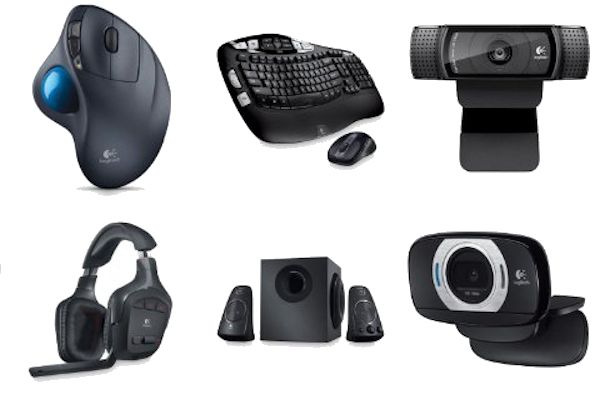Broad or Narrow? Defining the Breadth of Your Market Niche
As entrepreneurs, we generally like to tell just about everyone about the fancy app or shiny gizmo we’ve been building. So when it comes to establishing our target markets, it is common to believe that everyone will think our product is as awesome as we do. Defining a new product’s market niche is challenging and customers often behave differently than we expected. Despite this, having a strategy for deciding on our target market is still a valuable use of time as it gives us a consumer’s standpoint to view our product from, and it helps point us in the right direction.
When defining your target market, you should start broad and then focus in on the details. How broadly or narrowly we choose to set our market segment depends on a variety of factors and each has its own advantages and disadvantages.
Broad focus A very broad market niche typically has the advantage of a larger customer base. Products that do well in a broad market usually appeal to a wide range of users. For example, Logitech is a manufacturer of computer peripherals such as mice, keyboards, and headphones.

They are known for their good quality and affordable prices. These qualities have shaped Logitech into a household name, with many computer users buying their products. Nearly everybody needs computer peripherals from time to time, and Logitech offers an affordable product with a trusted name.
But broad markets have their disadvantages, too. One of those disadvantages is building credibility and brand awareness. Although larger markets have more customers, they often also have more companies vying for a slice of the pie. With so many different names clamoring to be heard, it can be difficult to distinguish one company above the rest. Because there are so many different companies offering similar products, companies upstream and downstream from yours will hold a lot of influence over the market, your suppliers, distributors, and resellers have plenty of customers to choose from. In order to succeed in a broad market niche you must be able to inform your customers of your product, while also keeping your prices competitive and maintaining good relationships with your producers and resellers.
Narrow focus A narrow market usually means a smaller, but more active customer base. With a broad market product, like toothpaste, most people just buy whatever they are used to buying (or what’s cheapest). With a narrow niche product such as a guitar, the customer is much more actively involved in the purchasing process. Relatively few people will ever learn to play guitar, but those who do are likely to put time and effort into researching their instrument and accessories. If you are a guitar manufacturer, you have the challenge of not only building a high quality product, but convincing your relatively small audience to invest a significant amount into buying one. The hardest part of being in a narrow market niche is establishing an identity that your customer is looking for.
While it can be difficult to establish a good product identity, a narrow market niche product has a distinct advantage over a broad market product. You know your customer. A narrow market has very specific needs, and with the internet at our fingertips, it is simple to get in contact with your market for both market research and targeted marketing. Razer is a computer peripheral manufacturer like Logitech, but they market specifically toward gamers. In fact their byline is “FOR GAMERS. BY GAMERS”.

Even in their byline, they have immediately established that they are their own customer. This combined with their sponsorship of competitive gaming teams has allowed them to control a major part of their market.
TLDR There are advantages and disadvantages to any market niche. I have tried to (briefly) describe some of these for both ends of the spectrum, but there are more than I could ever write about. Your best bet when establishing your market niche is to talk to potential customers, and trusted advisors in the industry. Find out what your customers value in similar products, and use that information to help decide how many people your product appeals to. Even if you later pivot and begin selling to a different customer, it is important to always have some form of direction to go in. It is well worth the time to determine the market for your product.

